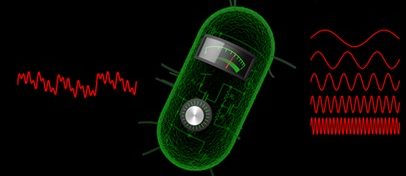Synthetic Analog Computation in Living Cells: Analog computation exploits powerful biochemical mathematical basis functions that are naturally present; they are an advantageous alternative to digital logic when resources of device count, space, time, or energy are constrained. Synthetic analog gene circuits can be engineered to execute sophisticated computational functions in living cells using just three transcription factors. Such synthetic analog gene circuits exploit feedback to implement logarithmically linear sensing, addition, ratiometric and power-law computations. As a future work, analog synthetic biology circuits can be composed to achieve higher complex computation functions (e.g., low noise genetic amplifier, genetic noise-meter, protein-clamp, analog counter).
Large Scale Integration – Hybrid analog-digital design: A central goal of synthetic biology is to create cellular networks that integrate input signals for decision making and actuation. In pervious works, many simple cellular logic gates were constructed such as NOT, OR, XOR, AND, NOR, NAND and other. However, composing these simple blocks together to implement higher-order logic gate networks necessitates significant efforts: (1) Part consuming, chemical wires are implemented by transcription factors, (2) Complexity in the design and loading effect between the multiple stages, and (3) Genetic models are complex and not predictable. We suggest a new concept that combines analog and digital together, called hybrid computatio and can be an alternative design to implement logic gates in living cells.
Bioelectronics: A whole cell system that integrates living cells and electronics (Biosensors for detecting chemicals, microbial fuel cells for generating electricity).
